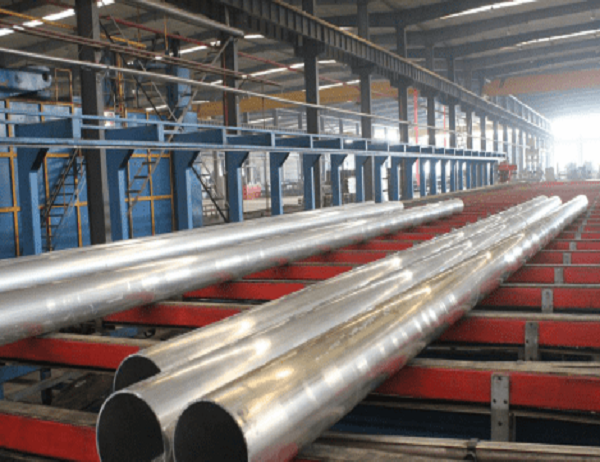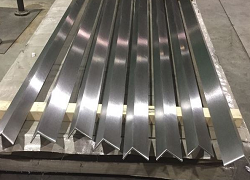Solar aluminum frames play a crucial role in mounting and supporting photovoltaic (PV) modules in solar energy systems. Choosing the right size and shape of these frames is essential for optimal performance, durability, and aesthetics. This article provides a comprehensive guide to help you make informed decisions when selecting solar aluminum frames.
Several factors influence the choice of solar aluminum frame size and shape, including:
Module Size and Quantity:
Determine the dimensions and number of PV modules to be installed. The frame must accommodate the modules securely and allow for proper spacing and ventilation.
Roof Configuration:
Consider the shape and slope of the roof where the solar panels will be mounted. Choose frames that align with the roof’s contours and ensure proper drainage.
Wind and Snow Loads:
The chosen frames must withstand the anticipated wind and snow loads in the installation area. Frames with greater strength and durability are required in regions with high wind or snow loads.
Aesthetics:
The size and shape of the frames can impact the overall appearance of the solar array. Consider the frame’s color, profile, and visibility when designing the system.
The frame’s length and width should match the dimensions of the PV modules, providing a snug fit. Allow for a small amount of clearance between the modules and the frame to prevent any binding or stress on the modules during installation.
Common frame shapes for solar panels include:
Square Frames:
Suitable for standard rectangular modules. Offer stability and ease of installation.
Landscape Frames:
Designed for modules mounted in the landscape orientation (width greater than length). Provide a larger surface area for the modules.
Portrait Frames:
Designed for modules mounted in the portrait orientation (length greater than width). Maximize space utilization on vertical surfaces.
Custom Frames:
Offer flexibility to accommodate irregular roof shapes or special aesthetic requirements.
The frame’s profile refers to its thickness and cross-sectional shape. Choose frames with a profile that provides adequate structural support without adding excessive weight. Consider the following:
Channel Profiles:
Provide strength and ease of installation. Available in various sizes for different load requirements.
Hat Profiles:
Offer a higher degree of structural rigidity and weather resistance. Suitable for larger and heavier arrays.
Round Profiles:
Provide a streamlined appearance and can be custom-bent to conform to complex roof shapes.
Solar aluminum frames are typically made of anodized aluminum alloys. Anodization enhances the aluminum’s resistance to corrosion, improving its durability in harsh outdoor conditions. Choose frames with high-quality anodizing to ensure longevity.
Choosing the right size and shape of solar aluminum frames requires careful consideration of multiple factors. By adhering to the guidelines outlined in this article, you can select frames that provide optimal performance, durability, and aesthetics for your solar energy system.



